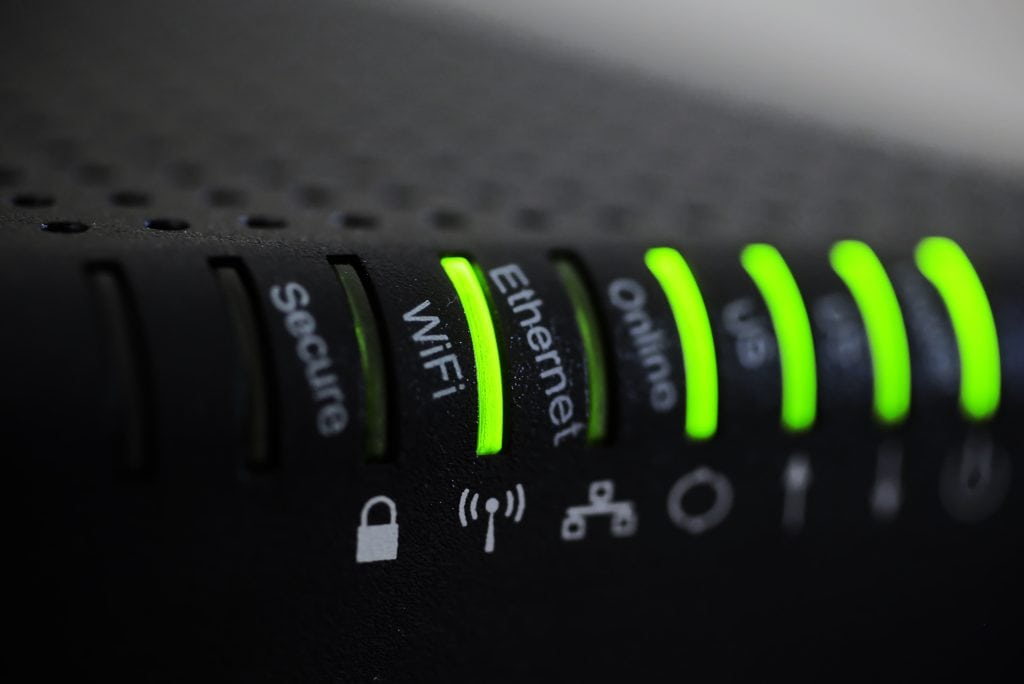The world of wireless technology is seeing constant advancements and evolutions to keep up with increasing demands for seamless connectivity. Over the past few years, one such advancement that has made headlines and transformed the way we experience and use WiFi is beamforming technology. It is an innovative technology that has significantly improved the performance of wireless routers to ensure better signal strength, improved connectivity, and extended range.
If you are not familiar with beamforming technology, it is a wireless communication technique that allows a wireless router to focus its signals directly toward connected devices or a specific direction instead of broadcasting signals uniformly in all directions. Just like any other feature, it is accessible through 192.168.1.1 on most modern-day wireless routers.
Compared to a traditional router that broadcasts signals in all directions, a wireless router with beamforming technology can direct signals to connected devices only to improve signal strength and reduce interference. With that said, let us delve into the perplexity of beamforming technology and see how it impacts the performance of wireless routers.
Enhanced Signal Strength and Range
The main motive behind beamforming technology is to enhance signal strength and range, and it excels at doing that. It improves the signal coverage of a wireless router by actively broadcasting signals toward devices to minimize the chances of weak signals or signal loss. This leads to the elimination of dead spots, and connected devices can enjoy the wireless network at full signal strength.
Users who used to struggle with dead spots and no signals can enjoy WiFi connectivity without any difficulty thanks to the beamforming technology.
Increased Data Transfer Rates
Another way in which beamforming technology improves the performance of wireless routers is by increasing the data transfer rate. Beamforming minimizes signal interference and noise, leading to a more stable and faster data transfer rate. The slow data transfer rate that used to be a problem with traditional routers is no longer a problem with modern routers equipped with beamforming technology.
Additionally, wireless routers can efficiently service multiple devices simultaneously and cater to the data needs of devices at a consistent rate with beamforming. This ensures that each connected device gets optimal performance.
Targeted Signal Direction
Beamforming technology automatically identifies the direction of a connected device and adjusts the signal path accordingly to ensure that the connected device receives the strongest possible signal. This is contrary to traditional routers, which transmit signals in all directions. By focusing the signal directly on connected devices, beamforming minimizes interference from walls, nearby objects, and other electronic devices to provide the best WiFi coverage possible.
Easy to Set Up
One of the best things about beamforming technology is that it is relatively easy to set up. Most modern-day wireless routers come with beamforming technology enabled by default to ensure maximum performance on connected devices. However, if it is not enabled by default, users can enable it by logging on to the admin panel via the default gateway address of the router i.e. 192.168.0.1.
Impact on Online Activities
Beamforming not only improves the signal strength but also the performance of the wireless network. Beamforming ensures that any online activity, be it streaming movies, playing games, or browsing the internet, is free from buffering and lag. The reduced latency and improved connection stability due to beamforming significantly enhance the performance of online activities.
Benefits for Crowded Environments
For crowded environments and places like offices and public spaces, beamforming technology optimizes connectivity for all connected devices. It alleviates network congestion by efficiently directing signals to connected devices, thereby improving overall network performance and ensuring that connected devices can access the internet without any problems.
Disclaimer: The views and opinions expressed in this article are those of the authors and do not reflect those of Geek Vibes Nation. This article is for educational purposes only.
Caroline is doing her graduation in IT from the University of South California but keens to work as a freelance blogger. She loves to write on the latest information about IoT, technology, and business. She has innovative ideas and shares her experience with her readers.






